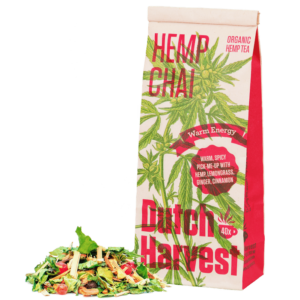The 17th century is also known as the golden age. It is the time of regents and princes. During this period, a lot of money was made in the Netherlands. And not without reason. The Dutch noblemen had seen that the Portuguese had made a lot of money in the 16th century. They had earned this through the trade in spices.
These spices came from India. Present-day Indonesia. The Portuguese were the only ones who acted in this. And so the Dutch noblemen decided to take a piece of the art. Unfortunately, the Portuguese were the only ones with a map of this area. So the Dutch had to find their own route.
As early as the end of the 16th century, Dutch ships were sent to search for this route. Eventually it was also found and recorded. The first Dutch atlas was created by Willem Blaeu and composed by his son, Joan Blaeu. This atlas was called the Atlas of Major Blaeu. It was first published in 1635.
That was long after the creation of the VOC. VOC is short for the United East India Company. Now that they had found the route to the Indian islands, the Dutch noblemen also wanted to trade spices. The VOC was founded in 1602 at the initiative of the Dutch States-General. The VOC was very important for Dutch history. The Dutch skippers were only allowed to trade in Asia on behalf of the VOC. Under the banner of the VOC, several islands were conquered. As a result, the VOC had enforced a monopoly in the spice trade in 1622. Treaties were concluded with monarchs and establishments were built on Indian land. In these overseas branches, the Governor-General was in charge. The main branch was Batavia. This was located on the Indian island of Java. Batavia is now called Jakarta.
Precisely because the Netherlands had a monopoly, the voc's ships were often attacked because of the precious merchandise. The Netherlands was at war with England at sea. To win this war, a Spanish skipper was asked to lead the Dutch fleet. This man's name was Michiel de Ruyter. He was an important man in Dutch history.
The trade in spices went beyond many borders. The spices were loaded onto the ships in India and taken to the Dutch ports. The main ports were the port of Amsterdam and van Hoorn. Amsterdam was the main stacking market. This meant that there were a lot of warehouses here. From here the spices, but also other merchandise were sent to other European countries. As a result, the Amsterdam Exchange Bank became the financial centre of Europe.
A lot of money was made in the trade. This was mainly due to the rise of commercial capitalism. In the Middle Ages it was believed that it was a sin to make a profit. Partly because of the rise of Calvinism, people felt differently about this now. During this period there were hundreds of traders in Amsterdam who owned more than a hundred thousand guilders. That doesn't seem like much, but if these traders had lived in this day and age they would have been millionaires. Maybe billionaire.

